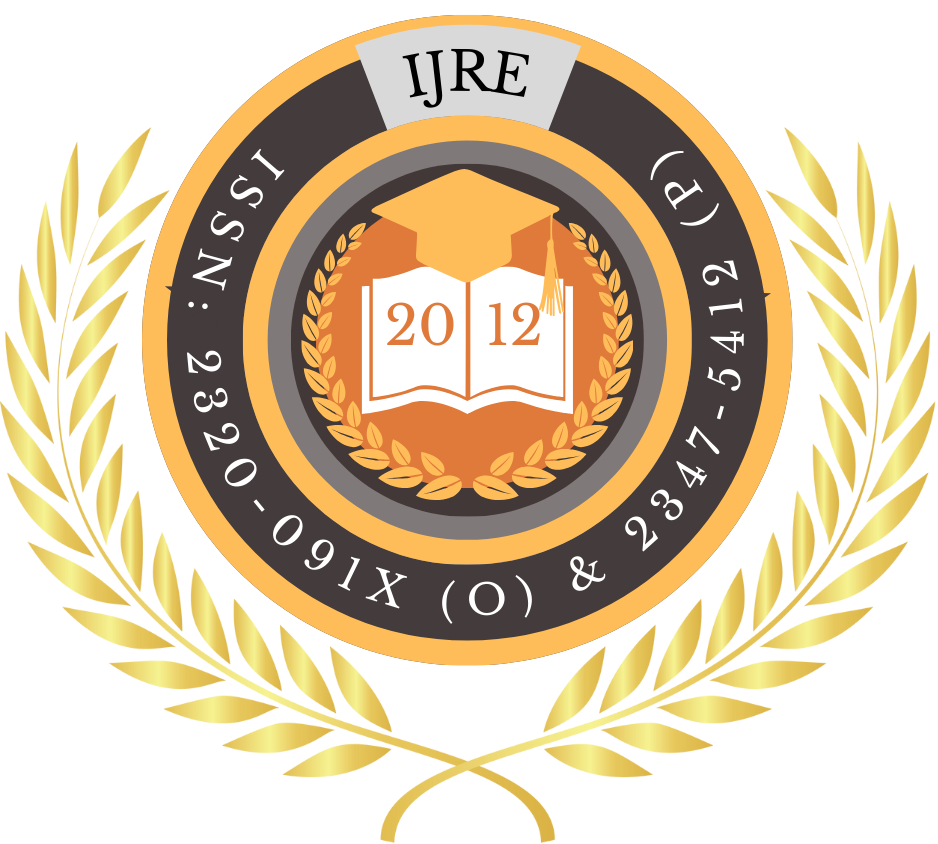![]()
Certificate: View Certificate
Published Paper PDF: View PDF
Karan Malhotra
Independent Researcher
Delhi, India
Abstract
Digital tools designed for dyslexic learners in online classrooms have revolutionized approaches to literacy support, offering individualized, multisensory, and adaptive pathways to reading fluency and comprehension. This expanded study presents a 12‑week intervention with 120 secondary‑level students diagnosed with dyslexia, integrating four core technologies: text‑to‑speech software (Kurzweil 3000), a phonics‑based application (Phonics Hero), an adaptive reading platform (Lexia Core5), and a multisensory e‑book reader (Voice Dream Reader). Rigorous pre‑ and post‑testing using the Gray Oral Reading Test 5 (GORT‑5) assessed changes in decoding, fluency, and comprehension, while platform analytics captured engagement metrics. Semi‑structured interviews with 24 students and 8 teachers provided depth on user experience, challenges, and pedagogical integration. Quantitative analyses (paired t‑tests) revealed statistically significant gains in words‑correct‑per‑minute (WCPM) and comprehension scores (p < .001), alongside high session completion rates (92%) and voluntary practice (average 30 minutes/week). Qualitative themes highlighted increased learner confidence, appreciation for multimodal support, and critical needs for teacher training and infrastructure. These results underscore that thoughtfully selected digital tools—when integrated with instructional guidance—substantially enhance literacy outcomes for dyslexic learners in virtual settings. Recommendations address best practices for implementation fidelity, professional development models, and equitable access strategies. Future research directions include longitudinal follow‑ups to examine skill retention, exploration of AI‑driven personalization, and investigations into multilingual dyslexia supports.
Keywords
Dyslexia, Digital Tools, Online Learning, Reading Interventions, Assistive Technology
References
- Braun, V., & Clarke, V. (2006). Using thematic analysis in psychology. Qualitative Research in Psychology, 3(2), 77–101.
- Cruz, R., Cunha, C., & Cardoso, W. (2018). Digital literacy interventions for dyslexia: A meta‑analysis. Journal of Educational Technology & Society, 21(3), 45–58.
- Edyburn, D. L. (2013). Critical issues in advancing the special education technology evidence base. Exceptional Children, 79(2), 163–183.
- Hall, T. E., Cohen, N., Vue, G., & Ganley, P. (2015). State policy and Universal Design for Learning. Learning Disabilities Research & Practice, 30(3), 220–233.
- Kilpatrick, D. A. (2015). Essentials of assessing, preventing, and overcoming reading difficulties. Wiley.
- Kurzweil Educational Systems. (2021). Kurzweil 3000 [Software]. Retrieved from https://www.kurzweiledu.com/
- Lexia Learning Systems. (2021). Lexia Core5 Reading [Software]. Retrieved from https://www.lexialearning.com/
- McIntosh, K., Goodman, S., & Mirkin, A. (2017). Gamification for phonics: Effects on engagement and performance. Computers & Education, 114, 1–12.
- Millward, C. (2011). Dyslexia, dyscalculia and mathematic difficulties: What have we learned? Child Language Teaching and Therapy, 27(3), 291–305.
- Moats, L. C., & Dakin, K. E. (2008). Basic facts about dyslexia and reading problems. International Dyslexia Association.
- Pennington, B. F. (2009). Diagnosing learning disorders: A neuropsychological framework. Guilford Press.
- Phonics Hero. (2020). Phonics Hero [Mobile application software]. Retrieved from https://www.phonicshero.com/
- Rello, L., & Baeza‑Yates, R. (2013). Good fonts for dyslexia. Proceedings of the 15th International ACM SIGACCESS Conference on Computers and Accessibility, 1–8.
- Reid, G. (2009). Dyslexia: A practitioner’s handbook. Wiley.
- Shaywitz, S. (2003). Overcoming dyslexia: A new and complete science‑based program for reading problems at any level. Knopf.
- Snowling, M. J. (2013). Dyslexia: A very short introduction. Oxford University Press.
- Soria, C., & Choi, N. (2014). Translating research on dyslexia into practice. Reading Research Quarterly, 49(3), 327–338.
- S. Department of Education. (2015). A guide to assistive technology services for students with disabilities. Retrieved from https://www2.ed.gov/technology/at/atguide.pdf
- (1994). The Salamanca Statement and Framework for Action on Special Needs Education. UNESCO.
- Voice Dream LLC. (2020). Voice Dream Reader [Mobile application software]. Retrieved from https://www.voicedream.com/reader/
- Zhai, X., Braun, J., & Montague, P. (2017). Eye‑tracking and speech recognition integrated for dyslexic assistance. Journal of Assistive Technologies, 11(4), 188–198.
